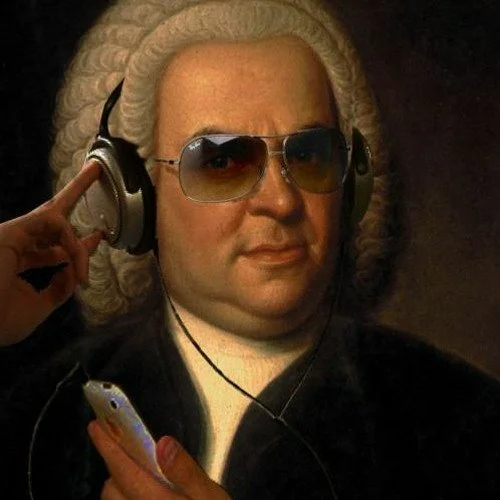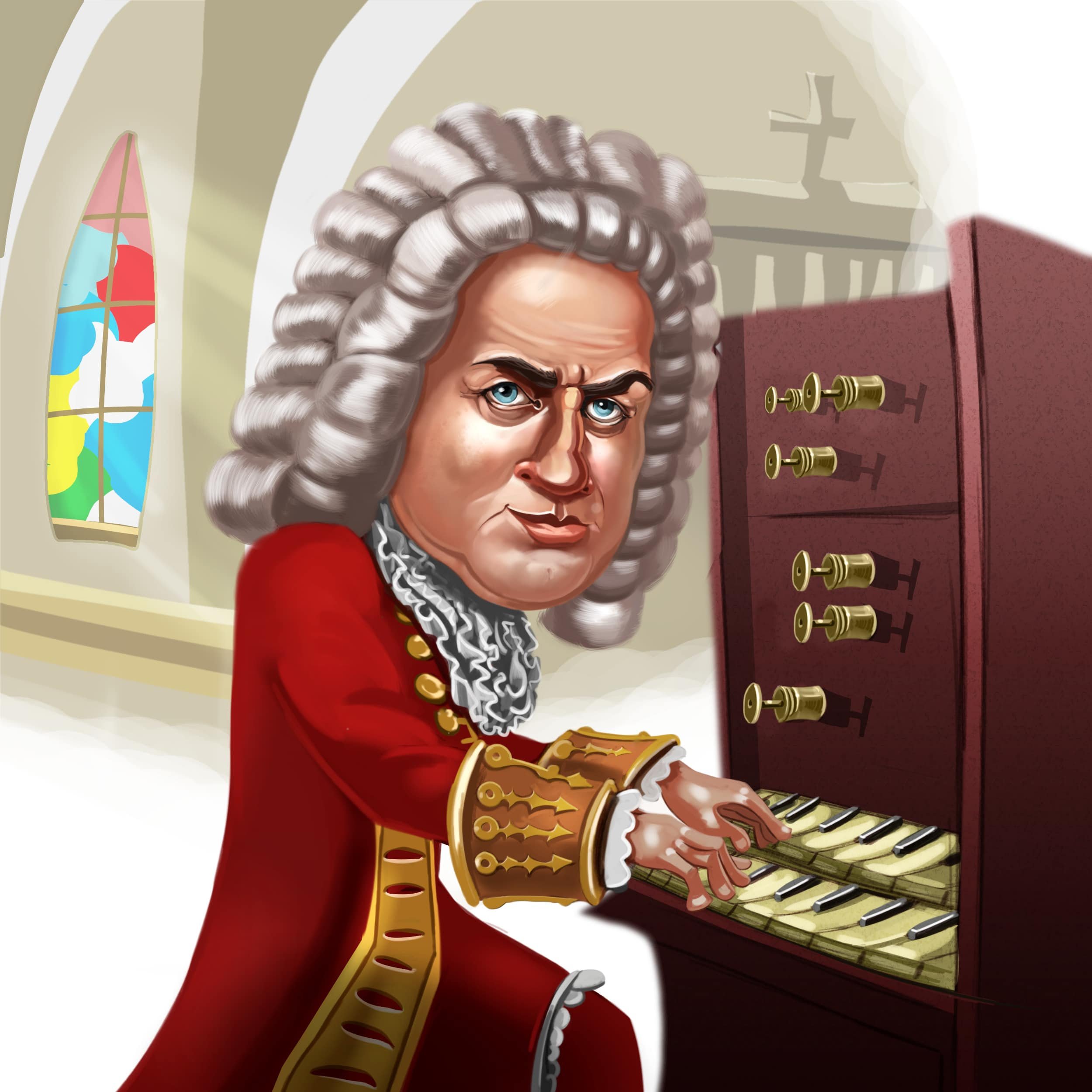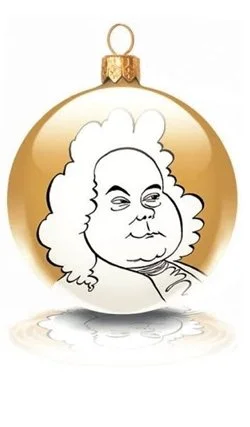Bach is Back – What You Didn’t Know About the
Christmas Oratorio
and one of his stupendous creations, his Christmas Oratorio, is a seasonal favourite.
But there are a few fun facts that you probably didn’t know about his famous composition. Here are some program notes from John Bawden of British Choirs on the Net. Check it out…
Christmas Oratorio - Johann Sebastian Bach (1685 - 1750)
By John Bawden
Musical Director, Guildford Cathedral Singers
In June 1722 Johann Kuhnau, the Kantor of St Thomas’s, Leipzig – much the same as a Director of Music – passed away. Bach was one of six applicants for the vacancy, but as far as the appointing Council was concerned, the most outstanding candidate for this most prestigious post was a highly respected musician already well known in Leipzig, Georg Philipp Telemann. He was elected unanimously by the Council members, but to their great disappointment he turned down the offer, and so they turned to their second choice, Christoph Graupner, a former pupil of Kuhnau. He was unable to secure his release from his current position and therefore had no alternative but to withdraw his application. In desperation the Council offered the job to Bach, who at that time was hardly known in Leipzig. One official observed that as the best musicians were not available, they had no option but to take one of the mediocre ones!
And in 1723 Bach was appointed
Kantor of St Thomas, Leipzig, where he remained until his death in 1750.
It was a hugely demanding post. In return for the distinctly meagre salary, he was required to teach both Latin and music at the St Thomasschule, play the organ, train the choir and compose the music for the two main Lutheran churches in the city - Thomaskirche and Nikolaikirche – and supervise and train the musicians at two others. He was also responsible for hiring any orchestral players and singers needed for the church services. With such an enormous workload it is hardly surprising that Bach was involved in several disputes with the city authorities, who periodically complained that he was not discharging his duties properly. There were also constant financial wrangles. Despite these unpromising circumstances, Bach composed some of his greatest music during this period. His choral compositions alone include such enduring masterpieces as the Mass in B minor, the St John and St Matthew Passions, some 300 cantatas and the Christmas Oratorio.
For his first Christmas Day service in the new job, Bach composed an impressive Sanctus, which he later incorporated into his Mass in B minor. The Christmas Oratorio was not written until 1734. Because of the pressure of work, and since at that time there were limited opportunities for repeat performances, Bach borrowed extensively from other pieces that he had written previously, both sacred and secular. This was standard practice for the period; Handel’s arias and choruses, for instance, are often re-workings of earlier pieces. Bach adapted this existing music to fit the words of the Christmas Oratorio and composed much new material as well. The text, which is based on the account of the Nativity given in the Gospels according to St Luke and St Matthew, was compiled by Picander, who had already provided Bach with the libretto for the St Matthew Passion. It is thought that Bach himself may well have assisted Picander in this task, though how he found time to do this in addition to all his statutory obligations is a mystery.
Although collectively, the individual movements of the Christmas Oratorio
form a continuous musical account of
the Christmas story…
Bach did not conceive the oratorio as one uninterrupted work, in the manner of Handel’s oratorios, but rather as six separate cantatas to be performed on six separate occasions - the three days of Christmas (25th, 26th and 27th), New Year’s Day, the Sunday after New Year and the Feast of the Epiphany (January 6th). The fact that the instrumental requirements for each cantata differ quite considerably is a further indication that Bach never intended them to be performed as one work. For these reasons it is quite usual to hear performances of the Christmas Oratorio comprising only a part of the whole sequence.
The oratorio contains the customary mixture of recitatives, choruses and arias. The tenor soloist (Evangelist) acts as a Narrator in a series of recitatives, with other figures traditionally associated with the Christmas story - the angels and the shepherds, for example – also making an appearance. The choir introduces the first and third cantatas with a rousing chorus, and provides further commentary throughout, mainly in the form of chorales. These Lutheran hymn-tunes, richly harmonized by Bach, would have been very familiar to eighteenth century congregations, who more than likely joined in from time to time. The arias, often very florid and detailed, are the most extended numbers in the work, and are meditations on the deeper spiritual significance of the unfolding events. A repetition of the third cantata’s opening chorus brings the sequence to an end on a suitably exultant note.







